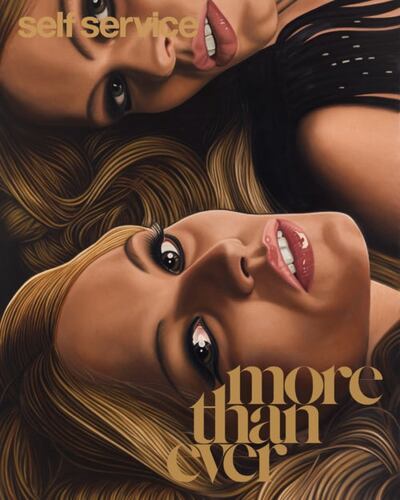
The Business of Fashion
Agenda-setting intelligence, analysis and advice for the global fashion community.

Agenda-setting intelligence, analysis and advice for the global fashion community.

PARIS, France — It's no secret the coronavirus crisis has put fashion advertising budgets under extreme pressure, particularly for print. And with foot traffic still in steep decline at the niche bookstores, newsstands and museum shops where independent fashion magazines are sold, those titles are taking a heavy hit.
So what can a print magazine do to engage readers in an age where consumers are gorging on bite-sized videos on platforms like Instagram and TikTok rather than leafing through hefty bi-annual tomes? And how can they entice advertisers to maintain their support?
Self Service Founder Ezra Petronio is betting on a new video magazine format. Alongside his autumn print edition, the editor, creative director and photographer is releasing for the first time a one-hour film in which the issue's photos, interviews and advertisements have all been swapped out for short video clips or augmented with animations and voice recordings.

An advertorial shoot for Kenzo in Self Service | Source: Courtesy
ADVERTISEMENT
Interviews with designer Marine Serre, photographer Juergen Teller and fellow independent magazine makers including Purple's Olivier Zahm and System's Thomas Lenthal include voice recordings of each subject.
It's a way for the magazine to reach consumers digitally and could help the title meet the demands of advertisers who are less motivated than ever by print ads and editorial placements, but who are increasingly turning to magazines to help them produce content for their own channels. Editors like Petronio often work as stylists, creative directors or consultants to fashion companies alongside their magazine work — with their issues serving as aesthetic calling cards — and clients are thirstier than ever for those who are able to deliver video.
Spending on print advertising fell 32.2 percent from January to August compared to the same period last year, according to media monitoring service DMR, which expects the drop to worsen to around 50 percent for the full year.
But even with marketing budgets slashed as fashion sales struggle to recover from the coronavirus crisis, brands remain hungry for snackable content, particularly videos, to feed their audiences across social media platforms. Advertisers including Dior, Chloé, Kenzo and Bottega Veneta all bought media packages that will give them access to content from Self Service's first video issue for their use in their own channels.

A cover for Self Service no. 53
Petronio isn't the first editor to open up since the coronavirus crisis about the importance of brand content to their bottom line. When LOVE magazine's founding editor Katie Grand left to start a new project, The Perfect Magazine, she said it would be less of a magazine than a "brand content agency." One of her first moves was to bring on influencer Bryanboy as a key voice.
To boost the presence of small brands who can't afford to advertise in the issue, Self Service partnered with Rei Kawakubo and Adrian Joffe's Dover Street Market to provide financial support for a feature on young brands like Marine Serre and Doublet.
Founded in 1994, Self Service has remained a key reference for the fashion industry despite its niche readership and nearly $50 price tag, showcasing industry figures like stylist Marie Chaix, photographer Alasdair McLellan and designer Nicolas Ghesquiere.
ADVERTISEMENT
Self Service's first video issue is free to watch on YouTube, but the title might switch to a video-on-demand model this spring depending on the response.
Related Articles:
[ Coronavirus is Rewiring the Relationship Between Brands and MediaOpens in new window ]
[ Katie Grand to Launch "The Perfect Magazine"Opens in new window ]
The race to dress fashion’s biggest stars has gotten tighter — and brands are deploying fresh, social media-friendly tactics to generate buzz.
The Business of Fashion is seeking candidates for a six-month, part-time, paid reporting fellowship with our editorial team, designed to empower aspiring Black journalists.
The stylist is set to unveil a bi-annual print magazine and digital platform, with a team that includes Holly Shackleton and Fran Burns.
Luxury book publishers — and husband and wife — Prosper and Martine Assouline join BoF founder and editor-in-chief Imran Amed to discuss the genesis of their publishing business and how they are growing it into a global lifestyle brand.